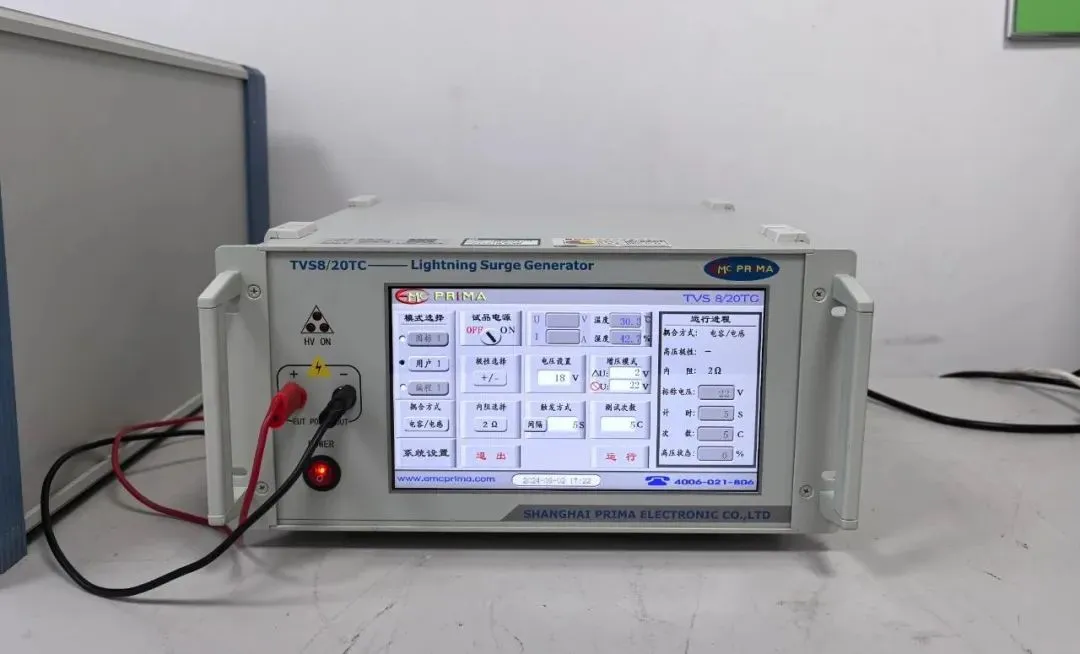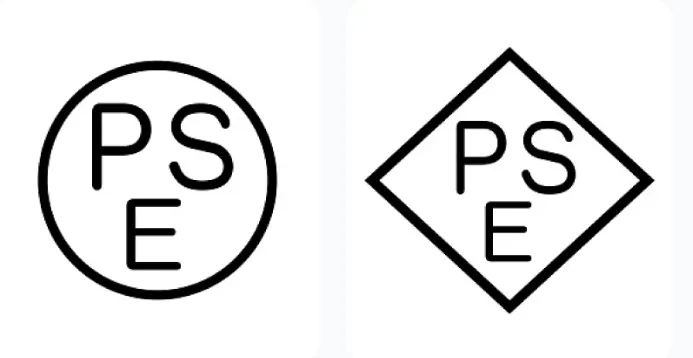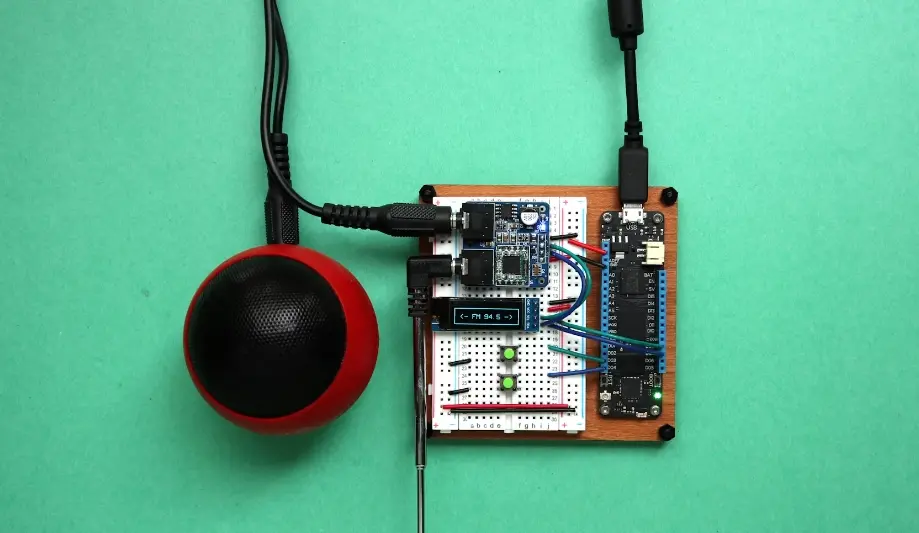
How Much Does a Skin Irritation Test Cost?
What is skin irritation?
Skin contact is the most common route of exposure for medical devices. If the material of a medical device contains primary irritants, it may lead to skin inflammation lesions, manifested as a direct damaging response characterized by inflammation, or symptoms such as severe irritation, skin blisters, and/or necrosis. Therefore, to evaluate whether the product or product extracts have potential skin irritation, a skin irritation test is requiRED.
What is a skin irritation test?
skin irritation testing belongs to the "basic three" tests for biocompatibility, with a very wide range of applications. The irritation test in Part 23 of the biological evaluation of medical devices consists of in vitro irritation tests, in vivo irritation tests, animal irritation tests, intradermal reaction tests, and human skin irritation tests.
Skin irritation test standard:
iso 10993-23:2021
Medical device skin irritation test cost:
The fee for a skin irritation test provided by China's JJR laboratory is $700, requiring a testing time of 4 weeks. We are an FDA, GLP, and EU CE-authorized laboratory.
Introduction to medical device irritation testing:
- In vitro irritation test
In vitro tests include rat skin transcutaneous electrical resistance tests and human skin model tests. This method has been internationally recognized and accepted as an alternative test method for evaluating the corrosiveness of cheMICals on the skin. Currently, in vitro skin irritation testing is only confirmed for pure chemicals and is not applicable to medical device extracts.
- In vivo irritation test
The irritation test for medical devices can be conducted using the final product or extracts. Factors that influence the test resULts include the characteristics of the device when used in patch tests, the dose of test materials, the method of application, the degree of occlusion, the application site, the contact period, and the number of contacts. If the pH of the test sample is ≤2.0 or ≥11.5, it is considered an irritant, and further testing is not required. However, pH is not the only factor leading to severe damage; the concentration of the test material, contact time, and other physical and chemical properties are also important factors.
- Animal skin irritation test
Test principle: This test evaluates the potential for materials to cause skin irritation reactions under test conditions using a relevant animal model.
Test materials: Solid or liquid test materials are prepared according to the method specified in the standard. A positive control group is set up in the test to confirm the sensitivity of the test, limited to cases where no positive results have been produced using the test method within the previous 6 months. Sodium lauryl sulfate is an appropriate positive control.
Animal management: 3 healthy, young adult albino rabbits, either sex, of the same strain, and weighing no less than 2kg. The condition of the animal’s skin is a critical factor, and animals with healthy, undamaged skin must be used. Typically, hair is removed from an area (approximately 10cm x 15cm) on both sides of the animal’s back 4h–24h before the test. The test process may require repeated hair removal.
Test steps:
- Powder or liquid samples: Place 0.5g or 0.5ml of the test material directly on the skin area shown below. Cover the contact area with a 2.5cm x 2.5cm non-occlusive dressing, and fix it with a bandage for at least 4h. After the contact period ends, remove the patch, mark the contact area with permanent ink, and remove residual test materials.
- Extracts and extraction media: Drop the extract onto a 2.5cm x 2.5cm absorbent gauze pad, with enough liquid to saturate the gauze (typically 0.5ml per pad). Place the gauze on the area shown on both sides of the animal's back. Place a gauze pad soaked in the extraction medium on the control area. Cover the area with a bandage for at least 4h, then remove the patch, mark the contact area with permanent ink, and remove residual test materials.
- Solid samples: Place the test material sample directly on the skin of the rabbit’s back. For solid substances, wet the test material with water or a substitute solvent. Cover the contact area with a 2.5cm x 2.5cm non-occlusive dressing, and fix it with a bandage for at least 4h. After the contact period ends, remove the patch, mark the contact area with permanent ink, and remove residual test materials.
Animal observation: Observe skin reactions under natural light or full-spectrum light, describing and scoring the erythema and edema reactions according to the scoring system in Table 1. Record the results.
1. In single exposure tests, record the conditions of each contact area at (1±0.1)h, (24±2)h, (48±2)h, and (72±2)h after patch removal. If persistent damage is present, the observation period may be extended up to 14 days to evaluate the reversibility or irreversibility of the damage.
2. In repeated exposure tests, record the conditions at (1±0.1)h after patch removal and before re-contact. The number of contacts is unlimited. After the final contact, record conditions at (1±0.1)h, (24±2)h, (48±2)h, and (72±2)h. If persistent damage is present, extend the observation period up to 14 days.
Result evaluation:
The primary irritation index (PII) for single exposure tests is calculated using the data from (24±2)h, (48±2)h, and (72±2)h observations. The score at (72h) and earlier observations may not be included. The scores for each animal's test samples and controls at (24±2)h, (48±2)h, and (72±2)h are added together, divided by 6, and averaged to calculate the PII for each animal. The overall PII for the test sample is calculated by averaging the PII of all animals (usually 3). When negative or blank controls are used, subtract the control PII to obtain the final score. In repeated exposure tests, all endpoints are considered, and the cumulative irritation index is calculated accordingly. The cumulative irritation index corresponds to a reaction type reported in Table 2.
Email:hello@jjrlab.com
Write your message here and send it to us
 Canadian Rug Flammability Testing
Canadian Rug Flammability Testing
 Toy Flammability Test Compliance Certification
Toy Flammability Test Compliance Certification
 ISO 17025 Accredited Test Laboratory
ISO 17025 Accredited Test Laboratory
 What is Amazon California Proposition 65?
What is Amazon California Proposition 65?
 New METI Registration Regulations in Japan
New METI Registration Regulations in Japan
 Attention for Amazon Japan Sellers: New PSE Regula
Attention for Amazon Japan Sellers: New PSE Regula
 Compliance with Japanese Representative & METI
Compliance with Japanese Representative & METI
 ZigBee-LoRa-Z-Wave Product compliance testing
ZigBee-LoRa-Z-Wave Product compliance testing
Leave us a message
24-hour online customer service at any time to respond, so that you worry!




